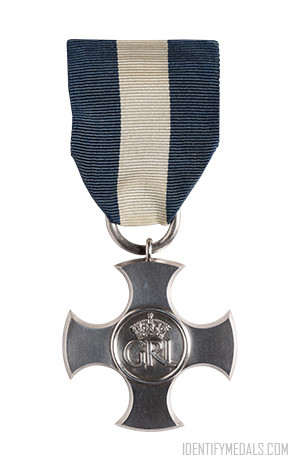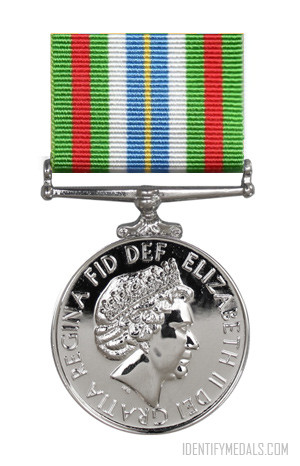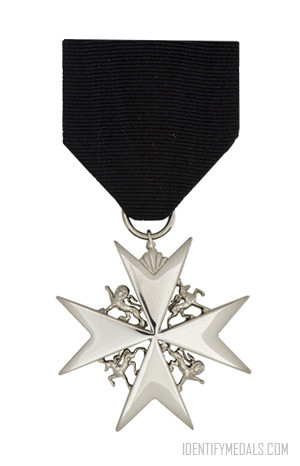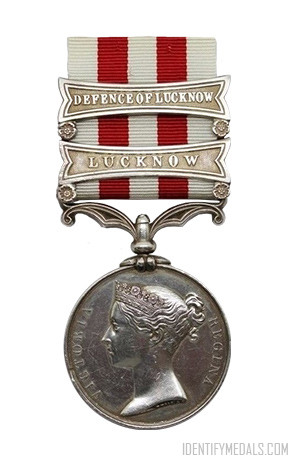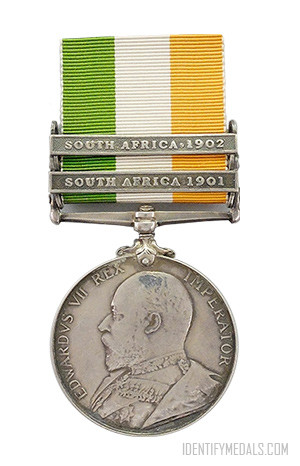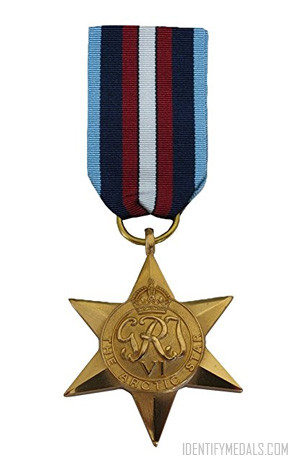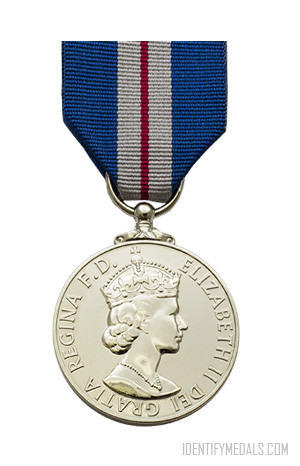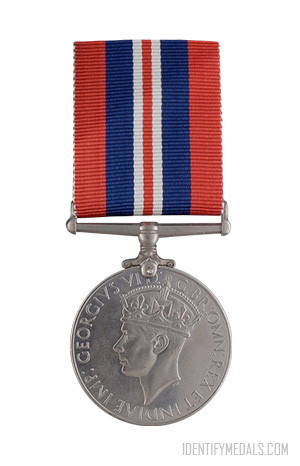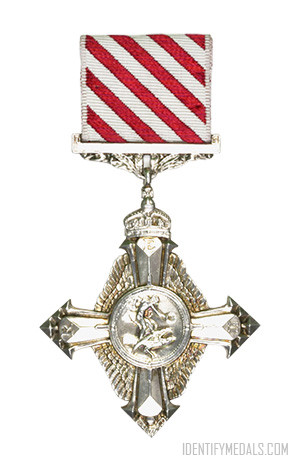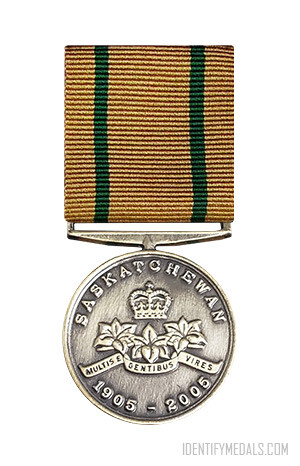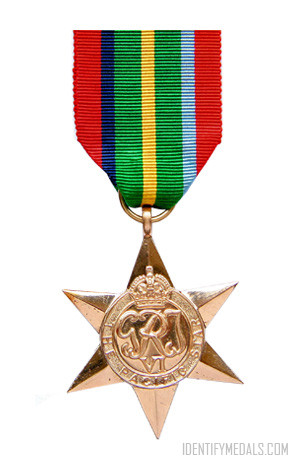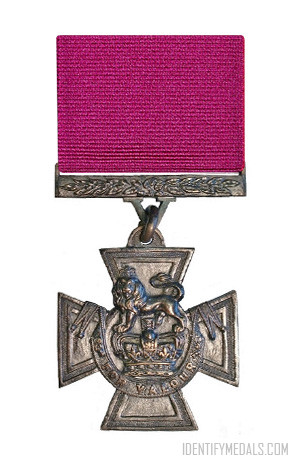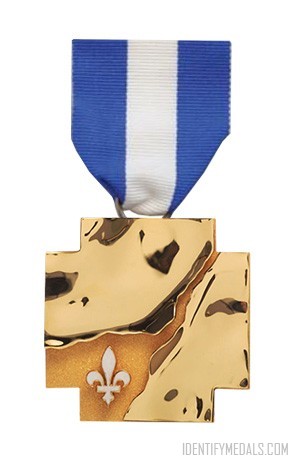- Time Period: Pre-WW1
- Year of Institution: 15 June 1901 (as Conspicuous Service Cross, renamed 1914)
- Country: Great Britain
The Distinguished Service Cross (or DSC) is a third level military decoration awarded to officers in recognition of an act or acts of exemplary gallantry during active operations against the enemy at sea. Ranks included officers of the British Armed Forces, Royal Fleet Auxiliary and British Merchant Navy, and formerly also of other Commonwealth countries.
The award was created in 1901 as the Conspicuous Service Cross and awarded to warrant and subordinate officers, including midshipmen, ineligible for the Distinguished Service Order. In October 1914, the award was renamed the Distinguished Service Cross and eligibility was extended to all naval officers (commissioned and warrant) below the rank of lieutenant commander. In August 1916, bars were introduced to reward further acts of gallantry meriting the Cross.
In December 1939 eligibility was extended to Naval Officers of the rank of Commander and Lieutenant-Commander, in April 1940 to equivalent ranks in the Royal Air Force serving with the Fleet, and in November 1942 to those in the Army aboard defensively equipped merchant ships.
Recipients are entitled to the post-nominal “DSC”. Since 1979, the Distinguished Service Cross can be awarded posthumously.
The Distinguished Service Cross Design
The medal is a plain silver cross with rounded ends with a width of 43 millimeters (1.7 in).
The obverse has a circular center containing the Royal Cypher of the reigning monarch at the time of award surmounted by a crown. The reverse is plain apart from the hallmark, and the ribbon is attached via a hall-marked silver ring. From 1940, the year of issue was engraved on the lower limb of the cross, and since 1984 it has been awarded named to the recipient.
The ribbon has three equal stripes of dark blue, white, and dark blue. The ribbon bar denoties a further award is plain silver, with convex ends and a central crown.

